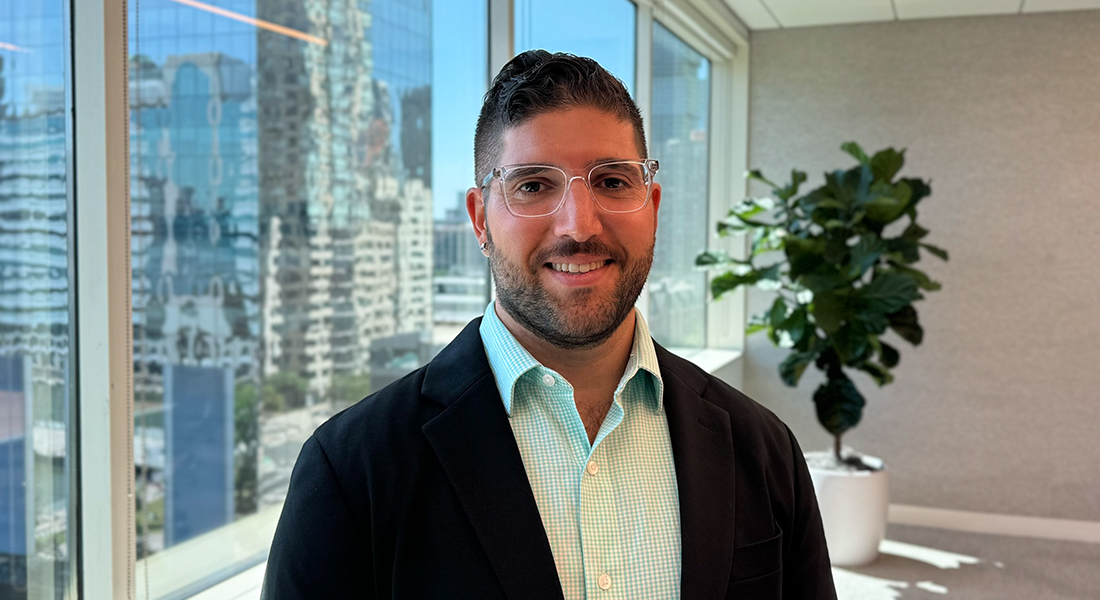
Jenny Kane Wins Risk Management Leader of the Year
We are excited to announce that Jenny Kane, Aspen Group Chief Risk Officer, won Risk Management Leader of the Year at the CIR Magazine’s Risk...

Seth Kagan, Aspen Head of Environmental Claims, moderated a panel at the Perrin Conference, which took place in New York in June. The panel entitled, “PFAS Claims Arriving from All Directions,” focused on presenting per- and polyfluoroalkyl substances – known as PFAS – related claim scenarios for discussion and how claims would develop from each scenario. In addition to Seth, the panel included a coverage attorney, two environmental consultants and a coverage archaeologist. He shared his key takeaways below:
Multi-District Litigation in South Carolina a Litmus Test
The discussion began with an example of a PFAS products liability claims, including those related to occupational hazards/employee injuries and consumer exposure claims. The group discussed the various policies and coverages that potentially could apply (package Commercial General Liability, monoline Contractors Pollution Liability, Site Pollution Liability, Employers Liability, or even Directors and Officers Liability), the current multi-district litigation (MDL) in South Carolina regarding Aqueous Firefighting Foam (AFFF) will be the benchmark by which future claims will be analyzed.
This MDL will be the litmus test for which PFAS claims the industry can expect to see from the plaintiffs’ bar moving forward. In those lawsuits, the plaintiffs are first responders who had been handling AFFF in a primary fashion in their occupational setting. The legal findings in the MDL, with regards to causation of the various alleged diseases and injuries, will be indicative of whether the plaintiffs’ bar will be able to file lawsuits for individuals or classes of plaintiffs with more attenuated exposure to PFAS chemicals. A workplace exposure poses a different level of exposure than for example residual PFAS in orange juice containers or hygiene products. Especially with injuries such as obesity, hypertension, and general cancers, the general population is exposed to a myriad of environmental contaminants, including airborne particulates, smoking, etc.
Using Policy Archaeology to Find Coverage on Older Policies
The other panelists proffered input as to potential avenues to cover claims that are tendered. Policy archaeology can potentially find coverage on older policies before the total pollution exclusions that were added to policies in the 1980s. This is significant, given the rise in PFAS exclusions being added to policies due to the emergence of PFAS as a class of claims. This is particularly important as it relates to the second class of claim scenarios and remediation of claims for on-site exposures. Reviewing corporate history to find predecessor organization may be the key to finding relevant and available coverage.
Investigating Facilities for Prior Contamination
The second claim scenario involved a release of AFFF on an insured location to respond to a fire. The fire department then “cleaned up” the foam by spraying water, which then seeped into the ground and migrated off-site. In this scenario, in addition to potentially available older coverage for the insured, there also is a benefit to investigating prior owners of the facility, particularly as it relates to historic onsite contamination.
Directors and Officers Exposure
Another wrinkle in the PFAS claims context is whether carriers can expect any exposure to directors and officers of various companies based on the introduction of their products in the marketplace which contained PFAS. It will become a fact dependent analysis of when a board knew about the hazards of the PFAS chemical that their company uses, and whether they still made an intentional decision to put the product into the marketplace. The panel discussed the analogous nature of the tobacco industry and how the industry knew for decades how cigarettes were hazardous to human health, but they still actively marketed cigarettes to multiple generations, even suggesting that there were health benefits. Likewise, with PFAS, there are multiple beneficial uses for the products, but if board members of a manufacturing company knew of the deleterious impacts of PFAS exposure and still used it in their products, there may be exposure. It would depend on what the directors and officers knew, and when they knew it. There is also the issue of “intentional additional” versus “unintentional addition” of PFAS. If PFAS is intentionally added to a product to be water resistant, it would be different that a manufacturer of orange juice that added municipal water, which happened to contain PFAS, to an orange juice concentrate and bottled it for the marketplace.
Many Unknowns Remain with PFAS Claims
It’s clear there are still many unknowns for the insurance industry and how PFAS claims will impact the profitability of the environmental insurance space in the future. A prime example is Louisiana, where local law allows for a property owner to bring a lawsuit to recover remediation costs for a contaminated property, but is, subsequently, able to pocket the money instead of having to actually remediate the property. PFAS has often been referred to as the next asbestos exposure, but the difference there is that there is a definitive connection between asbestos exposure and development of asbestos specific cancers, mesothelioma, and asbestosis. PFAS does not enjoy the same connection to a PFAS exposure related, specific disease.
Learning More about PFAS and Environmental Liability
If you would like to learn more about PFAS, Michael Padula, Aspen’s Head of U.S. Environmental, discussed the increase in PFAS liability during a video interview with AM Best.
It's clear there are still many unknowns for the insurance industry and how PFAS claims will impact the profitability of the environmental insurance space in the future
Seth Kagan